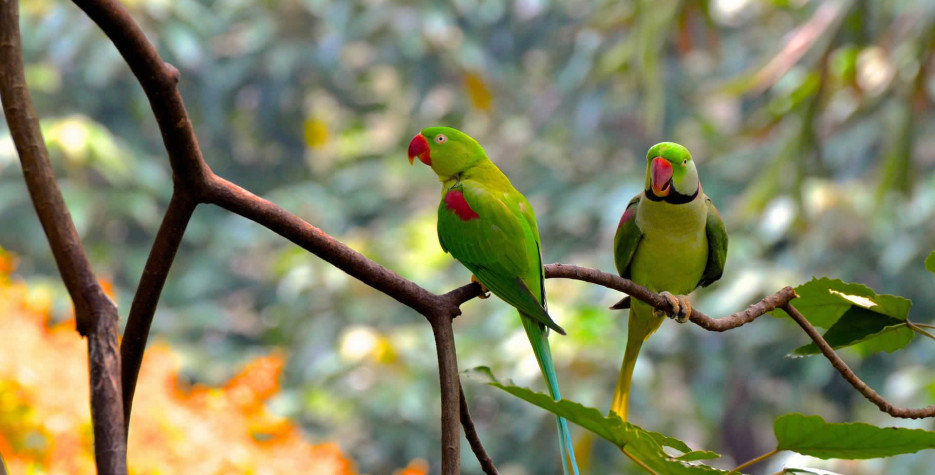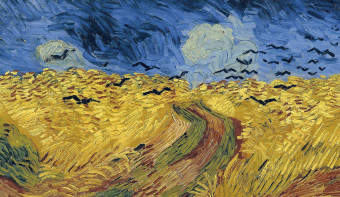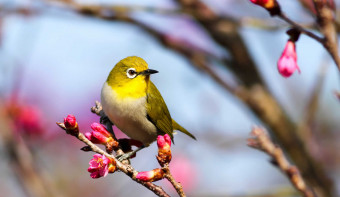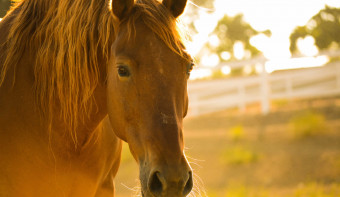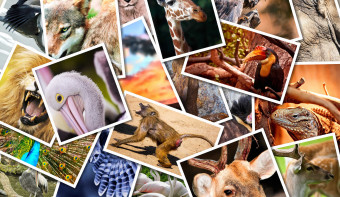About National Bird Day
The History of National Bird Day
National Bird Day, which has American origins, has been celebrated annually on January 5th since its inaugural event in 2002.
This particular day was chosen because January 5th also happens to be the day of the yearly "Christmas Bird Count." This yearly national holiday has been observed in the USA for quite some time. The findings offer details on both the quantity and condition of birds across the United States of America.
Each year, millions of birds are captured from the wild or produced in captivity for commercial profit or human amusement, only to languish in conditions that fail to meet the instinctive behavioral and physical needs of these wild animals.
The Avian Welfare Coalition’s National Bird Day campaign aims to reduce the suffering of birds by raising public awareness of the destructive bird trade, the realities of cruel bird breeding mills, and ways to improve the welfare of birds already in captivity.
Did you know? If crows think that they are being watched when they hide their food, they’ll go back later and hide it somewhere else.
The Importance of National Bird Day
This day is dedicated to celebrating the diverse avian species that grace our skies and landscapes, highlighting their significance in ecosystems and promoting awareness about their conservation.
Birds have always held a special place in human culture and history. They captivate us with their stunning plumage, melodious songs, and incredible feats of migration. Moreover, they play pivotal roles in maintaining ecological balance by controlling pests, pollinating plants, dispersing seeds, and serving as indicators of environmental health.
The choice of a national bird for any country often symbolizes its values, strengths, and heritage. For the United States, the bald eagle, with its majestic appearance and powerful symbolism, was designated as the national bird in 1782. However, National Birds Day goes beyond honoring just the bald eagle; it encompasses appreciation for all avian species that call America home.
This day serves as a platform to raise awareness about the rich diversity of birdlife found across the nation. From the vibrant hummingbirds darting among flowers to the awe-inspiring sight of flocks of migratory geese, the variety of bird species in the US is extensive. Each bird holds its unique significance in the ecosystem, contributing to the intricate web of life.
Beyond celebrating their beauty and diversity, National Birds Day also underscores the importance of conservation efforts. Many bird species face numerous threats, including habitat loss, climate change, pollution, hunting, and invasive species. Several iconic species, such as the bald eagle, peregrine falcon, and California condor, have made remarkable recoveries due to concerted conservation actions. However, numerous other species still require attention and protection to ensure their survival.
Education and public awareness play a crucial role in preserving avian biodiversity. National Birds Day encourages communities, schools, conservation organizations, and individuals to engage in activities that promote bird conservation. Events such as birdwatching excursions, educational workshops, habitat restoration projects, and art contests not only foster appreciation for birds but also inspire action towards their protection.
Moreover, the observance of National Birds Day serves as a reminder of our responsibility as stewards of the environment. Simple actions such as creating bird-friendly habitats in our backyards by planting native species, reducing the use of pesticides, and providing clean water sources can significantly contribute to supporting bird populations.
Find out moreSimilar Observances
National Endangered Species Day
Read More


